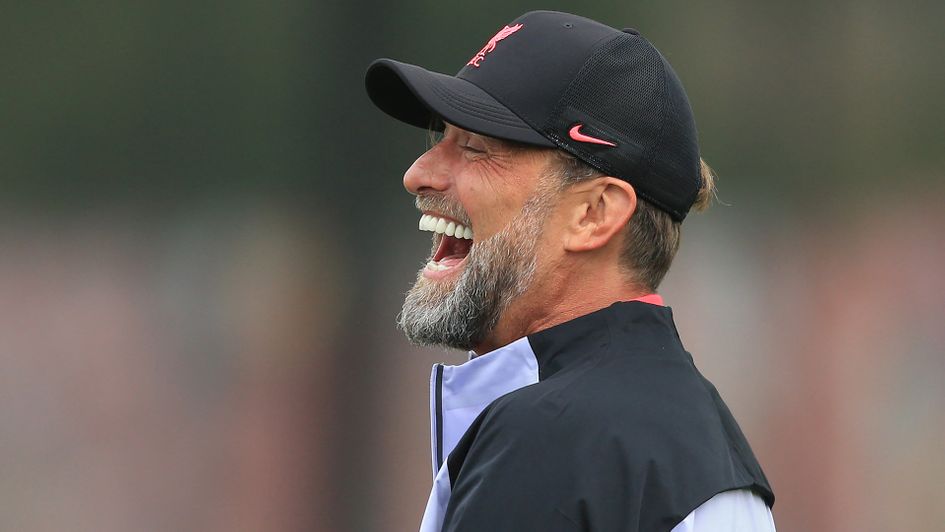Jurgen Klopp said his Liverpool side needed to “reinvent” themselves following the horror against Napoli.
- Published prior to Liverpool's 2-1 win over Ajax
The Serie A side romped to a 4-1 win in a game in which the Reds conceded nine big chances in one of the most one-sided games of the Klopp era.
“There are a lot of things lacking," Klopp added.
"Not in all games but the fun thing is we have to do it in the middle of the Premier League season and a Champions League campaign. We need a set-up to be better in pretty much everything."
There has been some talk that this might usher in change at Anfield.

Maybe they will change their high defensive line. Perhaps Klopp will look to move away from the system he has used almost exclusively since moving to Merseyside in 2015. After all, change can be good.
However, part of the problem for last season’s beaten Champions League finalists is due to too much change.
What is being witnessed this season is the 3.0 version of this Liverpool team under Klopp. There had been glimpses of this in previous campaigns but never before had they truly committed to it. Until now.
This, in many ways, is the root of all of the issues this term.
Teams are perpetually evolving but these tweaks are usually subtle ones and they tend to be gradually introduced. For example, the decision to use Mohamed Salah in wider areas wasn’t a decision made overnight. They had been working on that since the start of the 2019/20 campaign.

Klopp-ball 3.0 sees both wide forwards hugging the touchline. It also sees both full-backs underlapping and getting into the box on a much more regular basis but the duty of being a reliable goal threat is being shared with the central midfielders. There are a lot of moving parts in this and it is likely tied to the arrival of Darwin Nunez.
He is the first senior centre-forward signed in the Klopp era and he could not be any more different to Roberto Firmino, the man previously tasked with leading the line for the Reds.
That alone would be enough for a period of adaptation.
The fact the Reds have looked to bed in multiple changes simultaneously has not helped performances. As a result, Liverpool look disjointed and fairly blunt in attack. But that is what happens when your left-back is popping up in positions usually associated with centre-forwards.
Diogo Jota kicked off last season as the centre-forward for Klopp’s side and he was supported by Sadio Mane in a new, narrow role.
If Mane looked to drift inside and drag a full-back with him, Jota would then fill the space on the left.
With the full-back tracking Mane, the centre-back would have to step over to cover Jota and this would create space centrally. There is an example of this below during Liverpool’s 3-0 win over Crystal Palace.
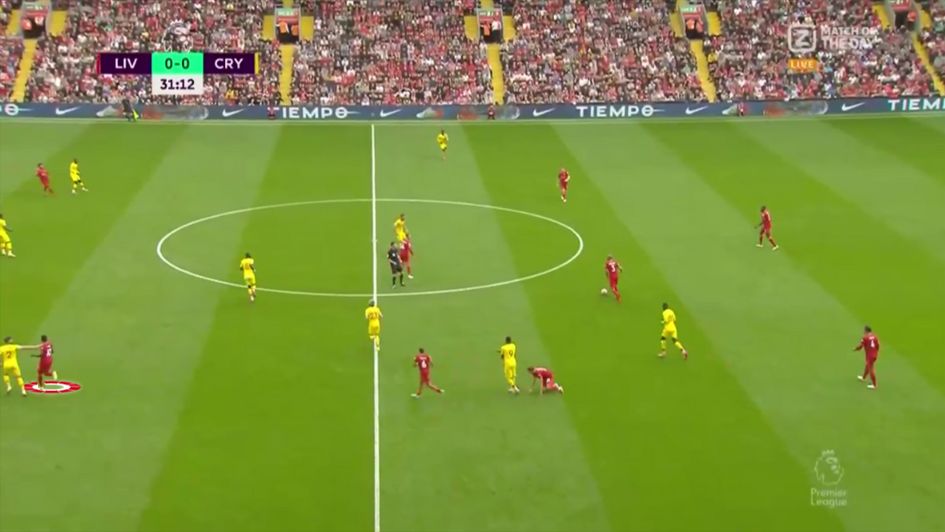
As soon as Fabinho picks up the ball, Mane starts to move inside and he takes Joel Ward with him. Jota peels away into the space the No10 has just vacated and this attracts Joachim Andersen over to that part of the pitch.
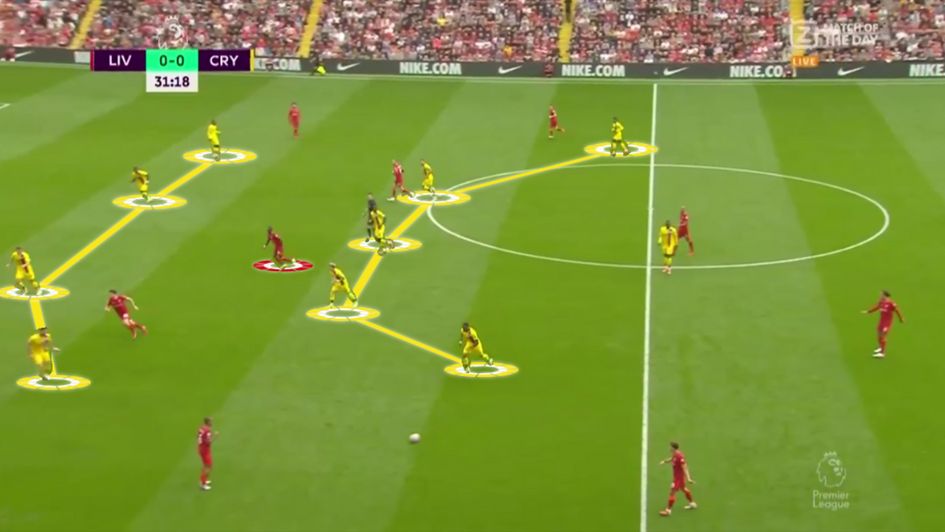
Ward eventually drops back into his position as the right-back, but the fluidity of Jota and Mane means Palace are a little out of sorts as the ball reaches Thiago in space.
The Palace No2 has to push out to engage and this means Andersen has to be aware of Jota’s run down the line. Mane is then positioned between the lines and Marc Guehi has to shuffle over to keep tabs on him, leaving Tyrick Mitchell alone with Salah on the opposite side of the pitch. It is a position few left-backs in the world want to find themselves in.
This time around, it is different.
Diaz is much more of a winger than Mane ever was and it makes sense for Klopp to have tweaked the system to accommodate this. The 25-year-old attempts more dribbles, more passes and he’s much safer in possession, completing significantly more passes.
Crystal Palace arrived at Anfield with a different system this season but that game is a good opportunity to highlight the differences between the current incumbent of the left-sided forward role and the former one.
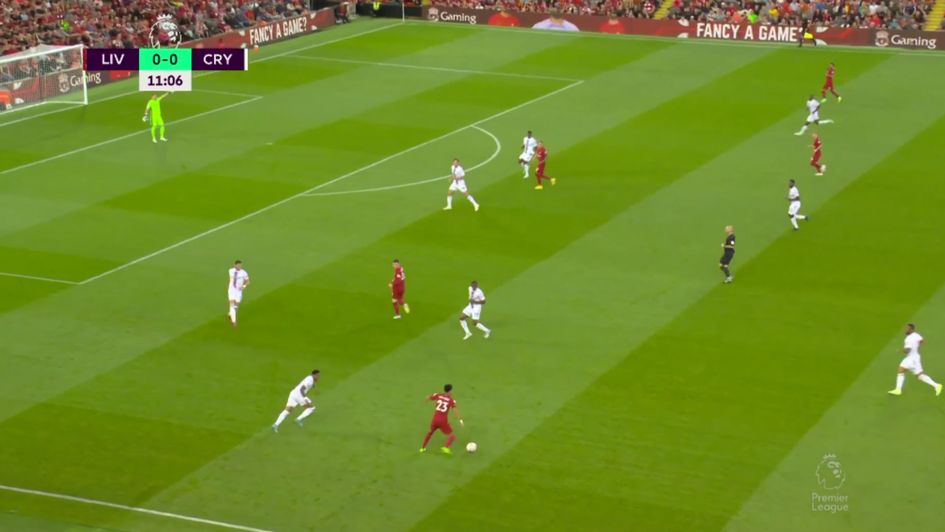
Whereas Mane was always looking to get involved in central areas, Diaz is happy to hold his position out wide. In the above screenshot, it is Andrew Robertson making the run ahead of the Colombia international. James Milner is filling in at left-back during this phase of play.
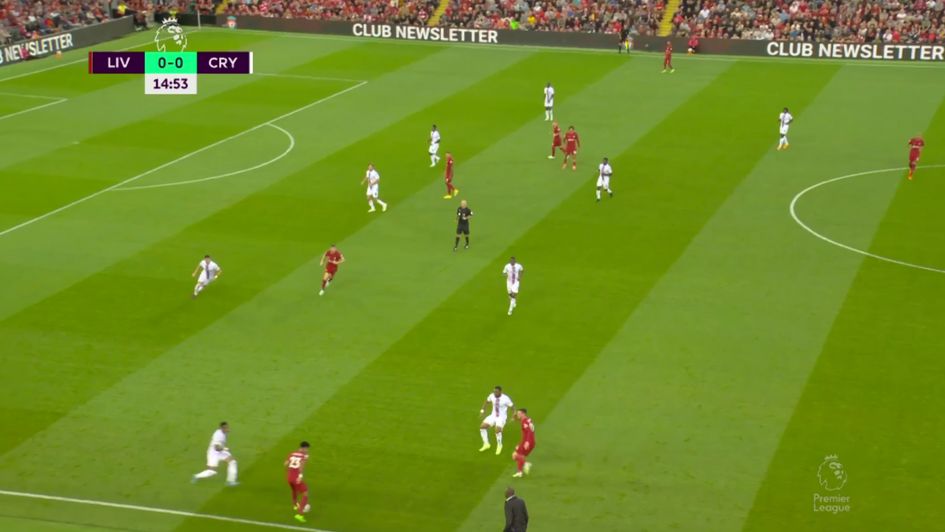
In this example, Milner is the one occupying Palace’s left-sided centre-back while Robertson looks to support Diaz. You will note that in both screenshots, the left-side of midfield is empty for the Reds.
This is something Liverpool have struggled with this season. Klopp and his coaching staff are trying to create one-vs-one situations for their better players but this is high risk as it requires committing bodies forward. During turnovers, Fabinho is having to cover too much ground and the Reds are giving up high-value opportunities on a frequent basis.
It is not just a left-sided issue though.
The right side has not been as fluid as it was last season. Again, this could be a consequence of the system being changed and players being tasked with different things.
Against Everton, Klopp said he wanted his wide players to be much more central.
Speaking to the official Liverpool website, he said: “We want to have Mo [Salah] there in this position; but we want to have Mo [Salah], and we always had him, more often in central positions as well.
"[On Saturday] especially we wanted to use the boys a bit more centrally, but we didn’t have a lot of time to train obviously.
“Actually, we only recovered, we spoke a lot about it, I’m not sure I was clear enough in the first half about what we wanted."
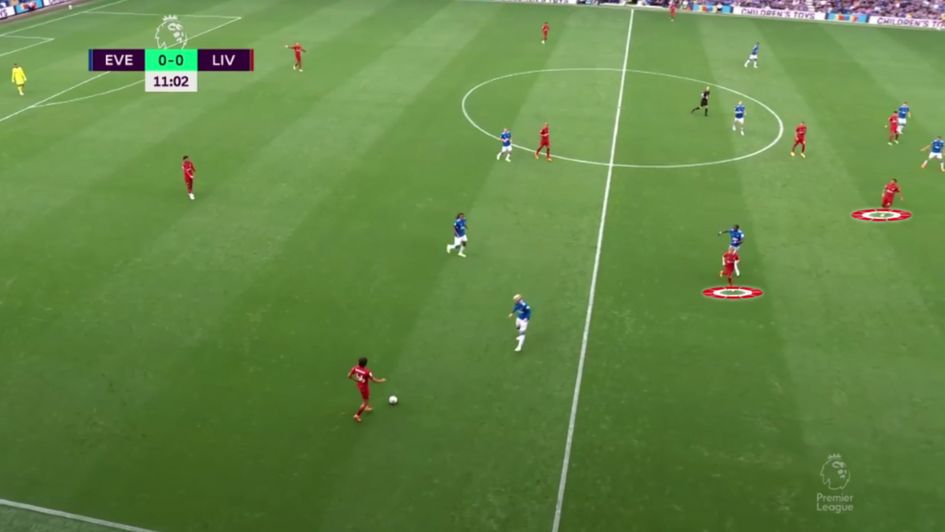
On the rare occasions Salah moved into central areas, Harvey Elliott failed to occupy the space in wide areas to really stretch Everton.
It can be seen in the example above with Trent Alexander-Arnold not having a pass on down the line or into Salah’s feet and having to go back to Joe Gomez.
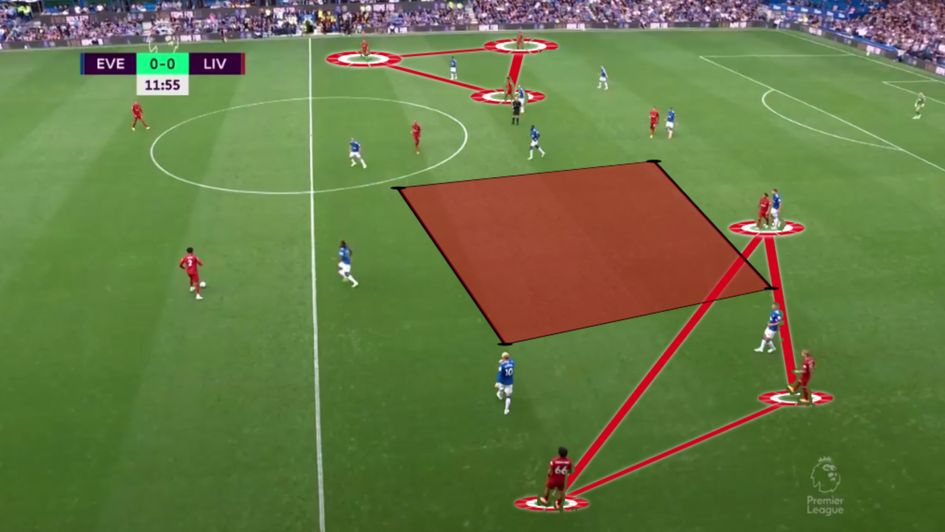
This time, Elliott does shuttle out to the right but Salah fails to drop into space. The right-side triangle is fairly narrow and easily blocked off as a progressive outlet. Compare that to how the left-sided triangle is positioned.
Liverpool 3.0 has the potential to eclipse previous iterations but it hasn’t yet clicked. The fact Klopp is looking to bed in multiple things at once - including a more direct approach which has seen the Reds average over ten more long passes per 90 this season - might slow down the transitional period and the result is what fans have been witnessing this season.
They have reinvented themselves multiple times. Right now this group needs to rediscover their confidence.
Once it clicks, and there is no reason to think it won’t, we’ll see what the German tactician had in mind.



